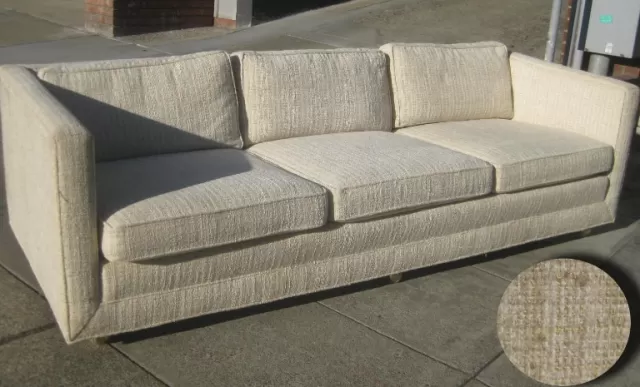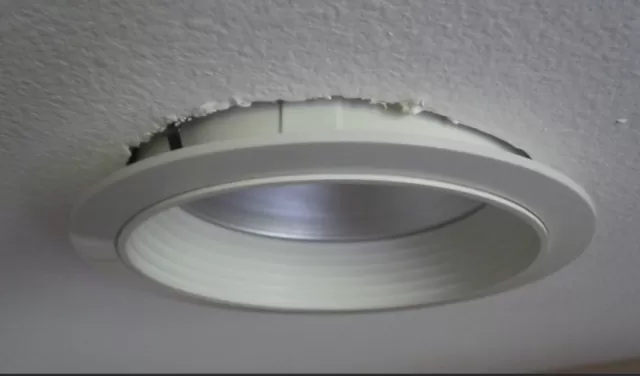Home Décor Trends Phasing Out, As Told by Insiders. The realm of home décor is in constant flux, with styles evolving and trends emerging and receding. While certain design elements, such as vintage furniture and marble finishes, maintain their timeless appeal, it’s essential to recognize that what’s in vogue today might not retain its popularity indefinitely.
Engaging with the latest trends can be enjoyable, and the concept of “outdated” is subjective, dependent on individual preferences. If a décor trend brings joy to your home, feel free to embrace it. It’s important to remember that trends often cycle, and what may be considered outdated now could make a comeback in the future.
However, if you’re seeking a refresh for your Living Room, bedroom, or kitchen, interior designers offer insights into some home décor trends that are seen as outdated. Whether you choose to bid farewell to these trends or continue enjoying them in your space, the key is to strike a balance between current trends and timeless elements that resonate with your personal style and preferences.
Embracing Curves: The Trend Away from Boxy Furniture

In contemporary interior design, the era of sharp edges is giving way to a preference for softer features.
The shift towards curved furniture, from bean-shaped sofas to rounded countertops, is becoming increasingly popular. This design choice is not merely an aesthetic preference but a strategic move to create spaces with more fluidity.
The allure of curved furniture lies in its ability to infuse a sense of grace and harmony into a room.
The gentle curves can visually connect different areas, fostering a cohesive and flowing ambiance. This departure from boxy furniture represents a desire for more organic and inviting designs that transcend the rigid lines of the past.
As homeowners seek to cultivate spaces that feel welcoming and harmonious, the rise of curved furniture is a testament to the evolving tastes in interior design.
The intentional integration of softer features adds a touch of sophistication and comfort, creating environments that are not just visually appealing but also exude a sense of warmth and unity.
Breaking Free from Uniformity: The Decline of Matching Furniture Sets
In the realm of interior design, the once-popular trend of matching furniture sets is losing its appeal.
Designers are increasingly embracing a mix-and-match approach, fostering creativity and individuality in styling spaces. This shift is not only reflected in design philosophies but is also evident in the evolving catalogs of retailers, where matching sets are gradually being phased out.
Caren Rideau of Kitchen Design Group suggests that the key to creating visually captivating designs lies in the artful combination of elements.
She advocates for incorporating unique vintage or antique pieces alongside contemporary furniture, adding layers of character and charm to the overall design. This departure from matching sets allows for a more personalized and eclectic aesthetic, where each piece tells a story and contributes to the visual interest of the space.
As the design landscape evolves, homeowners are encouraged to explore diverse furniture styles, textures, and eras, breaking away from the constraints of uniformity.
By embracing this mix-and-match ethos, spaces become not only more visually engaging but also reflective of individual tastes and a curated sense of style.
Shifting Trends: Granite Countertops Yielding to Natural Quartzite

Once omnipresent in kitchens and bathrooms during the early 2000s, granite countertops are experiencing a shift in popularity.
While granite has long been considered a neutral and timeless choice, Caren Rideau notes that natural quartzite counters are taking center stage. This shift reflects a growing preference for the unique textures and patterns offered by quartzite, a metamorphic rock that combines durability with aesthetic appeal.
As homeowners seek alternatives to the coarse-grained appearance of granite, natural quartzite emerges as a favored option.
Its diverse colors, intricate veining, and distinctive patterns contribute to a more dynamic and visually captivating countertop surface.
Rideau further suggests incorporating matching splashes to enhance cohesion within the room.
This attention to detail helps tie together the overall design, creating a harmonious and well-coordinated aesthetic. As design preferences evolve, the transition from granite to natural quartzite showcases a desire for distinctive and enduring materials that contribute to both functionality and visual allure in contemporary living spaces.
Shifting Focus: Departing from Recessed Can Lighting to Decorative Statements

In the realm of overhead lighting, the once-practical choice of recessed can lights is giving way to a more design-centric approach.
Caren Rideau observes a trend among designers who are steering away from minimalist recessed lighting in favor of decorative lights or sconces. This transition signifies a shift where lighting becomes more than just a functional element—it evolves into a focal point, adding a layer of style and personality to a space.
Decorative lights and sconces offer a versatile canvas for designers to play with, making lighting an integral part of the overall design scheme.
Rather than blending into the ceiling, these fixtures become statement pieces, contributing to the visual narrative of the room. Their ability to seamlessly integrate with various design styles, from contemporary to modern, adds to their allure, providing flexibility for homeowners to express their individual tastes.
As designers embrace the idea of lighting as both functional and aesthetic, the departure from recessed can lighting reflects a desire for spaces that are not just well-lit but also visually captivating, where each lighting fixture contributes to the overall ambiance and design language of the room.
*The information is for reference only.